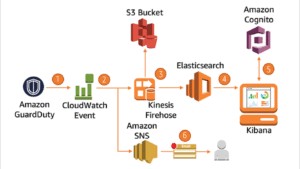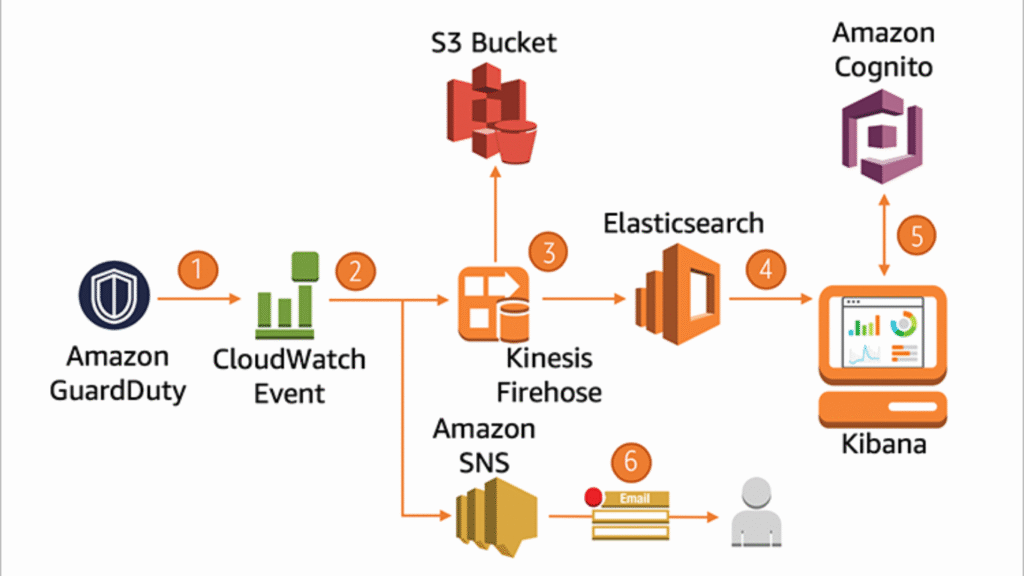Tableau is a powerful data visualization and business intelligence tool that enables users to transform raw data into interactive and shareable dashboards. It allows individuals and organizations to analyze complex datasets and uncover insights through intuitive visualizations, such as charts, graphs, and maps. Tableau supports a wide range of data sources, including databases, spreadsheets, and cloud services, making it versatile for various industries and applications.
One of Tableau’s key strengths is its user-friendly interface, which allows users with little or no technical expertise to create professional-quality visualizations. The drag-and-drop functionality, combined with advanced features like calculated fields, filters, and trend analyses, makes it easy to explore data from different angles.
Additionally, Tableau offers robust sharing and collaboration features, enabling teams to work together on data projects and share findings with stakeholders. With capabilities for real-time data analytics and integration with other business tools, Tableau helps organizations make data-driven decisions, optimize operations, and gain a competitive edge in the market. Whether used for simple reports or complex data analysis, Tableau is a versatile tool that empowers users to harness the full potential of their data.
In data analysis, counting specific occurrences of a value in a dataset is a common task. Tableau, a powerful data visualization tool, allows users to perform such calculations with ease. While Tableau doesn’t have a direct COUNTIF function like Excel, similar functionality can be achieved using calculated fields. This tutorial will walk you through the process of creating a COUNTIF-like calculation in Tableau, providing a step-by-step guide to help you count specific occurrences in your data.
What is COUNTIF?
Before diving into Tableau, let’s briefly explain what COUNTIF does. In Excel, COUNTIF counts the number of cells that meet a single condition. For example, counting the number of times “USA” appears in a list of countries. Tableau doesn’t have a direct COUNTIF function, but you can replicate its functionality using calculated fields with conditions.
Setting Up Your Tableau Workspace
- Connect to Data Source:
Begin by connecting Tableau to your data source. This could be a CSV file, an Excel spreadsheet, a database, or any other supported data source. - Load the Data:
Once connected, load the data into Tableau. This data will be used for demonstration purposes. Ensure you have a dataset with at least one categorical field to apply the COUNTIF logic. - Create a New Worksheet:
Open a new worksheet where you’ll create the COUNTIF-like calculated field.
Creating a COUNTIF Calculated Field
- Understanding Calculated Fields:
Calculated fields in Tableau allow you to create new data fields based on existing data. To create a COUNTIF-like function, we’ll use a combination of logical expressions and aggregation functions. - Writing the Formula:
- Click on the dropdown arrow in the Data pane and select “Create Calculated Field.”
- Name your calculated field (e.g., “Count of Specific Value”).
- In the formula box, enter the following expression:plaintextCopy code
SUM(IF [Field] = "Value" THEN 1 ELSE 0 END) - Replace
[Field]with the field you’re interested in and"Value"with the specific value you want to count. For example, if you want to count the number of times “USA” appears in the “Country” field, the formula would be:plaintextCopy codeSUM(IF [Country] = "USA" THEN 1 ELSE 0 END)
- Save and Apply:
Click “OK” to save the calculated field. You can now use this field in your visualizations.
Visualizing the Count
- Creating a Simple Visualization:
Drag the calculated field to the Rows or Columns shelf, depending on your preferred visualization. You can also drag it to the Label shelf to display the count directly on the chart. - Customizing the Visualization:
Customize your chart by adding colors, labels, and other elements to enhance the visual appeal. You can use different chart types, such as bar charts, pie charts, or tables, to display the count. - Filtering and Interactivity:
Add filters to your visualization to allow users to interact with the data. For example, you can add a filter for the “Country” field to dynamically update the count based on the selected country.
Practical Examples
- Example 1: Counting Sales in a Specific Region:
Let’s say you have a dataset with sales data. You can use the COUNTIF-like function to count the number of sales in a specific region (e.g., “East”). - Example 2: Counting Orders by Status:
If you have an e-commerce dataset, you can count the number of orders with a specific status (e.g., “Completed”). - Example 3: Counting Customers by Subscription Type:
In a subscription-based service dataset, you can count the number of customers with a specific subscription type (e.g., “Premium”).
Tips and Best Practices
- Use Descriptive Names:
When creating calculated fields, use descriptive names that clearly indicate their purpose. This makes it easier to understand and manage your workbook. - Test Your Calculations:
Always test your calculated fields to ensure they return the expected results. You can use a small sample of your data to verify accuracy. - Optimize Performance:
For large datasets, complex calculations can impact performance. Optimize your calculations by minimizing the use of nested expressions and unnecessary logic.
Conclusion
The COUNTIF function is a valuable tool for counting specific occurrences in your data. While Tableau doesn’t have a direct COUNTIF function, you can easily replicate its functionality using calculated fields. By following this step-by-step tutorial, you can effectively count values based on specific conditions in Tableau, enhancing your data analysis and visualization capabilities.
Whether you’re counting sales in a region, tracking order statuses, or analyzing customer subscriptions, this tutorial provides the foundational knowledge to get started. Explore the versatility of Tableau’s calculated fields and elevate your data analysis skills.
If you found this tutorial helpful, consider exploring more advanced Tableau features and functions. Subscribe to our blog for more tutorials and tips on data visualization and analysis.























